In recent years, with the continuous improvement of my country's urbanization level, urban renewal has attracted more and more attention from all walks of life. From building smart cities to promoting urban digital transformation, creating intelligent future cities has become the general direction for promoting the development of new urbanization in various places. As the forefront of social, economic and technological progress, cities are not just simple building renovation and facility upgrades in the context of accelerated global digital development. It is also a profound social change.
As an important element of urban infrastructure, urban renewal also brings new opportunities to the lighting industry. With the widespread application of cutting-edge information technologies such as 5G, the Internet of Things, and big data, as well as the active promotion of urban renewal policies, the pace of urban lighting construction across the country is accelerating and showing a trend of rapid change. In this process, road lighting is not only an indispensable part of future urban construction, but also an important path to promote digital urban construction to a higher level.
So, what role can road lighting play in digital urban construction? How can it become an important force in promoting sustainable urban development?
Smart Lighting Solutions
Adaptive Lighting Systems
Imagine streetlights that adjust their brightness based on the time of day or the presence of pedestrians. Adaptive lighting systems are making this a reality. These systems use sensors to detect movement and adjust the light output accordingly, saving energy and improving safety.
Integration with IoT
The Internet of Things (IoT) is revolutionizing road lighting. By connecting streetlights to a network, cities can monitor and control lighting remotely. This means quicker maintenance responses and the ability to gather data on traffic patterns and usage.
Sustainable Practices in Road Lighting
Solar-Powered Street Lights
Sustainability is at the forefront of innovation. Solar-powered street lights are becoming increasingly popular. They harness the sun’s energy during the day and provide illumination at night, reducing reliance on the grid and cutting energy costs.
Reducing Light Pollution
Innovative road lighting technology also focuses on reducing light pollution. By using directional lighting and smart controls, cities can minimize the impact of artificial light on wildlife and human health.
Future Trends in Road Lighting Technology
AI and Machine Learning in Lighting
The future looks bright—literally! AI and machine learning are set to play a significant role in road lighting. These technologies can analyze data to optimize lighting patterns, predict maintenance needs, and enhance user experiences.
Enhanced User Experience
As we move forward, the goal is to create a seamless experience for all road users. This includes better visibility for drivers, safer crossings for pedestrians, and even lighting that adapts to the needs of cyclists.
Conclusion
Innovation in road lighting technology is not just about illuminating our streets; it’s about creating safer, more efficient, and sustainable environments. From LED lights to smart systems and solar solutions, the future of road lighting is bright. As cities continue to embrace these advancements, we can look forward to safer journeys and a greener planet.
FAQs
What are the main benefits of LED road lighting?
LED road lighting is energy-efficient, has a long lifespan, and provides better visibility while reducing light pollution.
How do smart lighting systems work?
Smart lighting systems use sensors to detect movement and adjust brightness accordingly, optimizing energy use and enhancing safety.
What is the role of solar-powered street lights?
Solar-powered street lights harness solar energy to provide illumination, reducing reliance on the electrical grid and lowering energy costs.
How can AI improve road lighting?
AI can analyze data to optimize lighting patterns, predict maintenance needs, and enhance the overall user experience on the roads.
What is light pollution, and how can it be reduced?
Light pollution refers to excessive artificial light that disrupts ecosystems and human health. It can be reduced through directional lighting and smart controls.
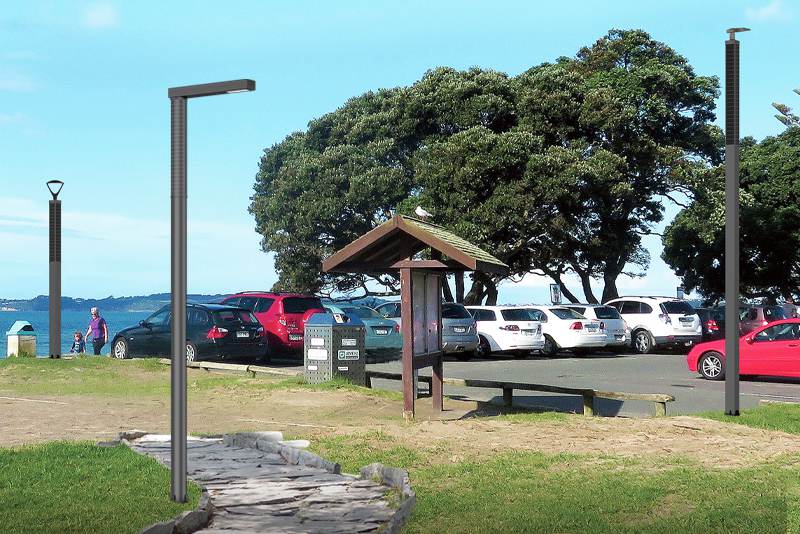
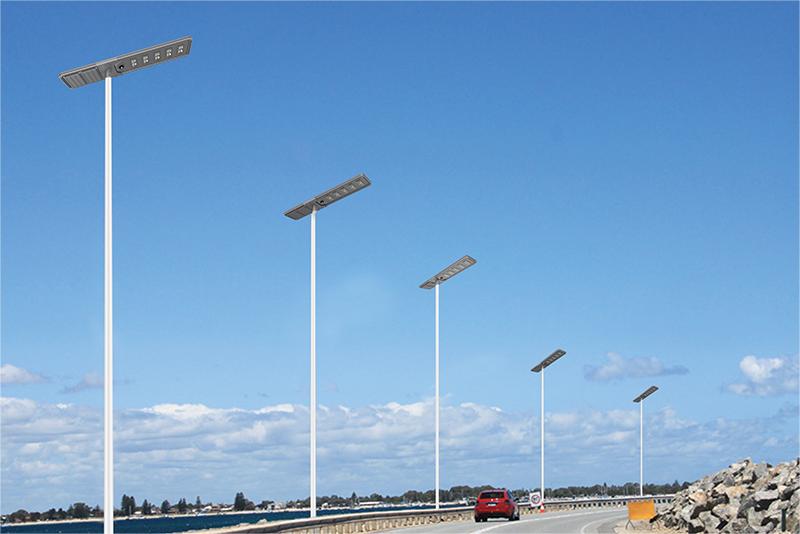
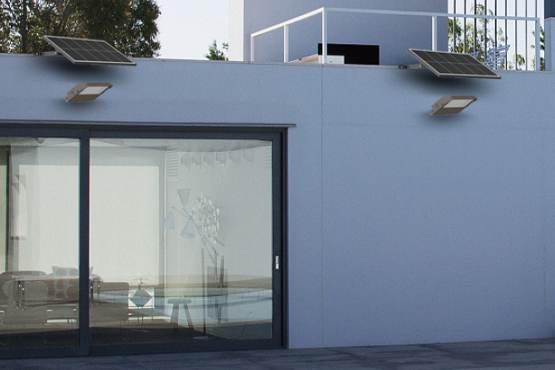
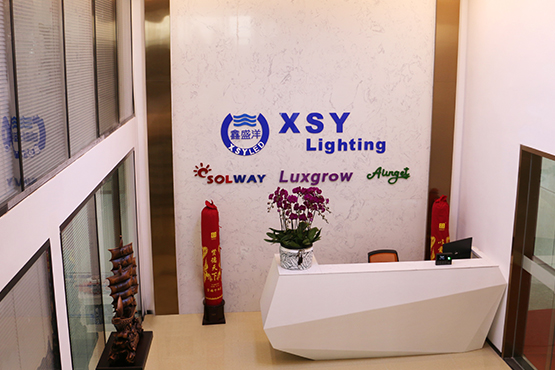
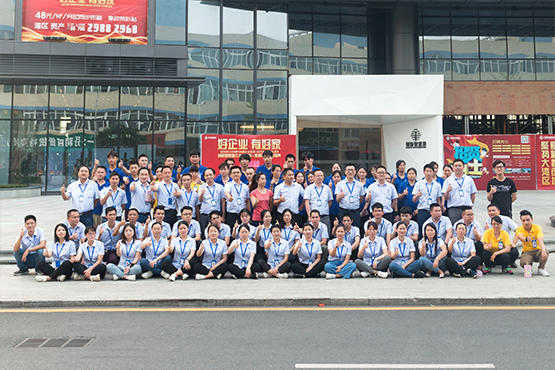

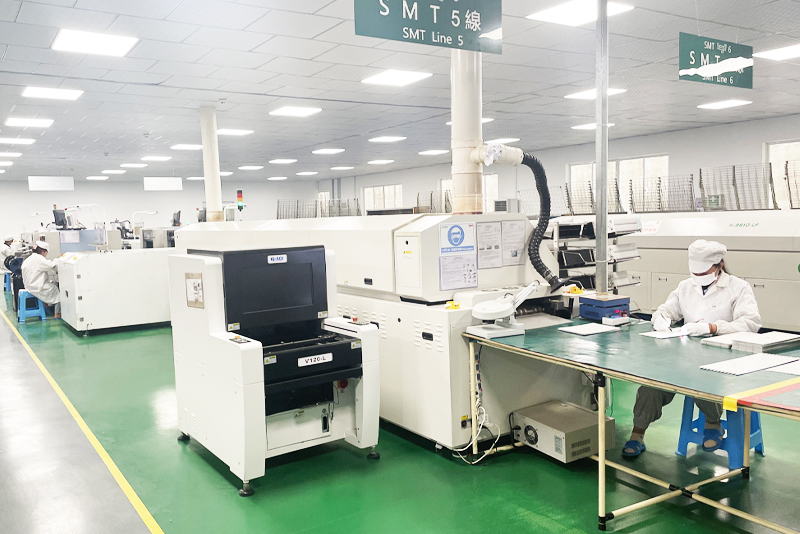
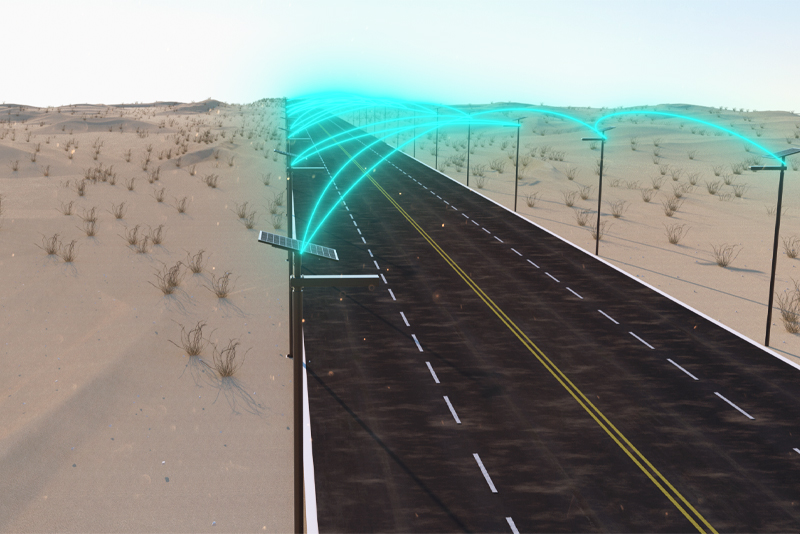
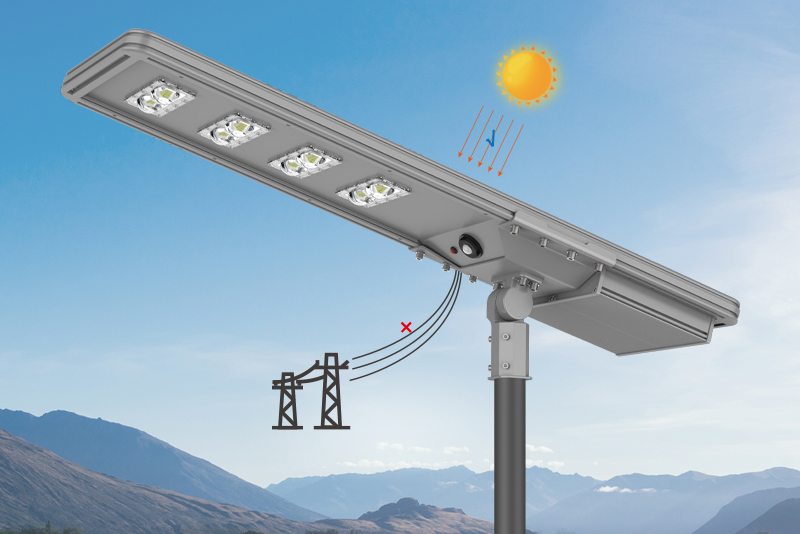
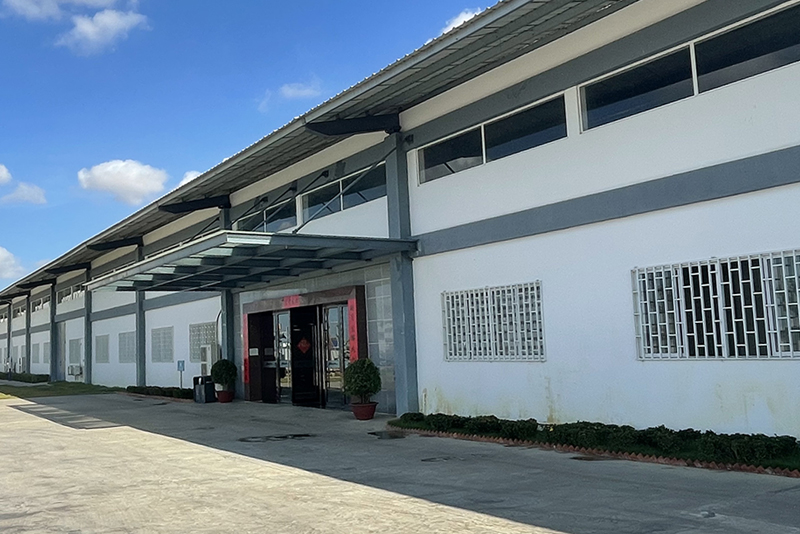
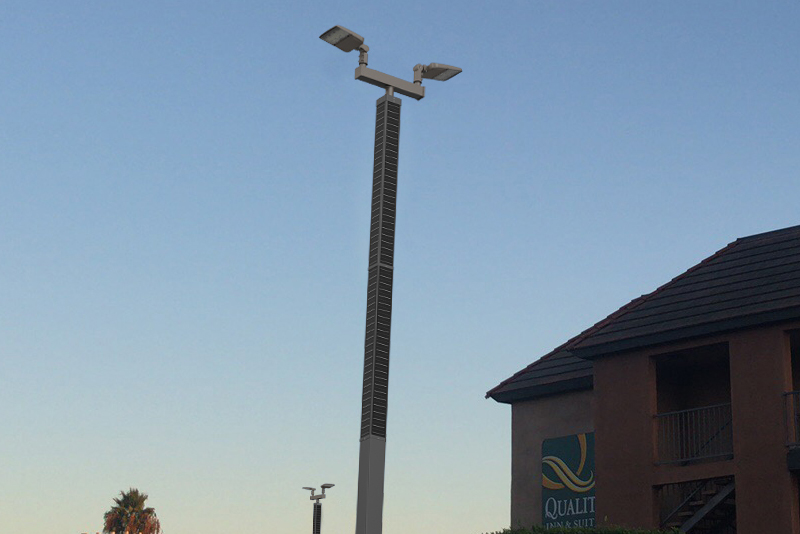
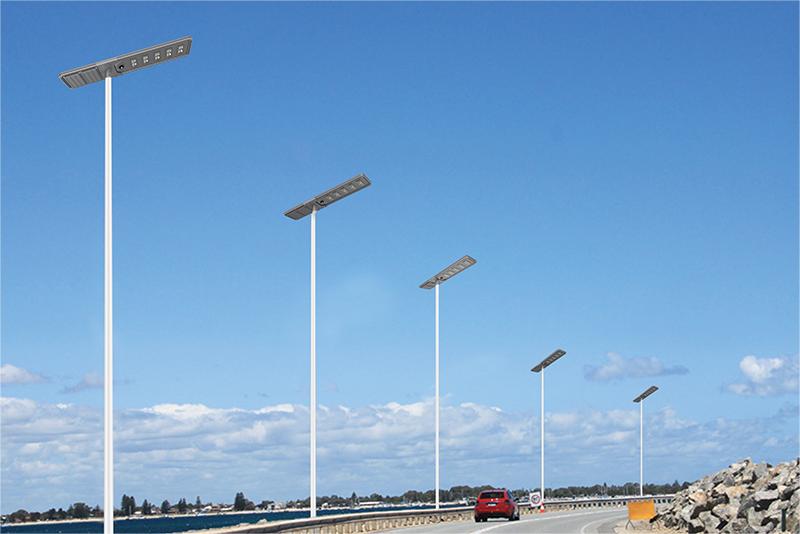
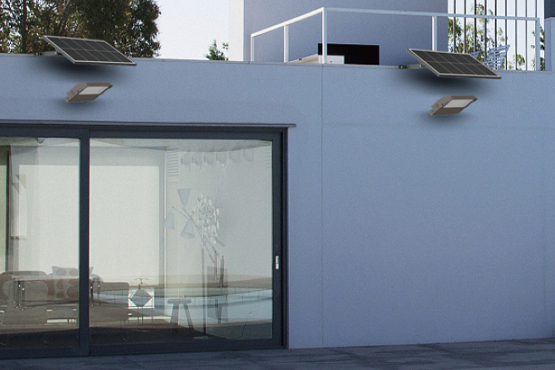




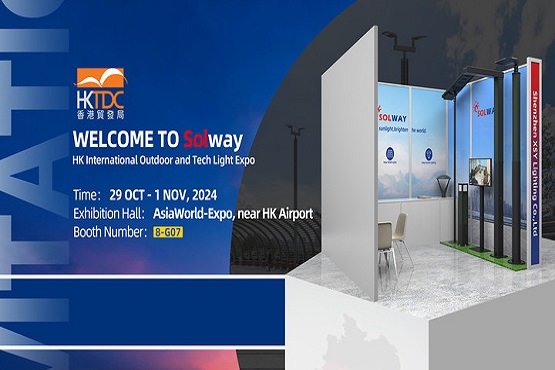

 English
English










 Scan WhatsApp
Scan WhatsApp Scan Wechat
Scan Wechat Scan WhatsApp
Scan WhatsApp Scan Wechat
Scan Wechat Consult Now
Consult Now





